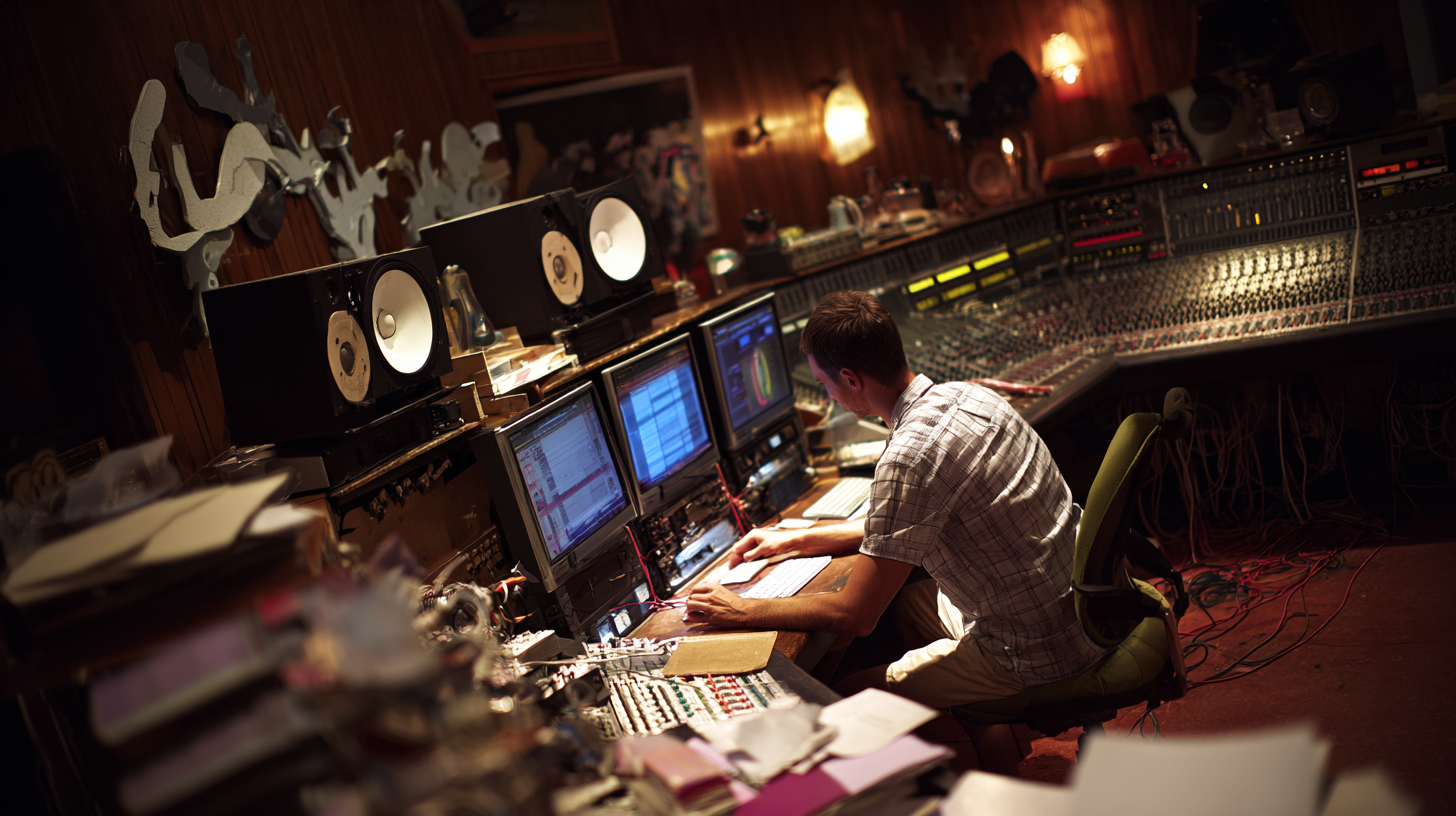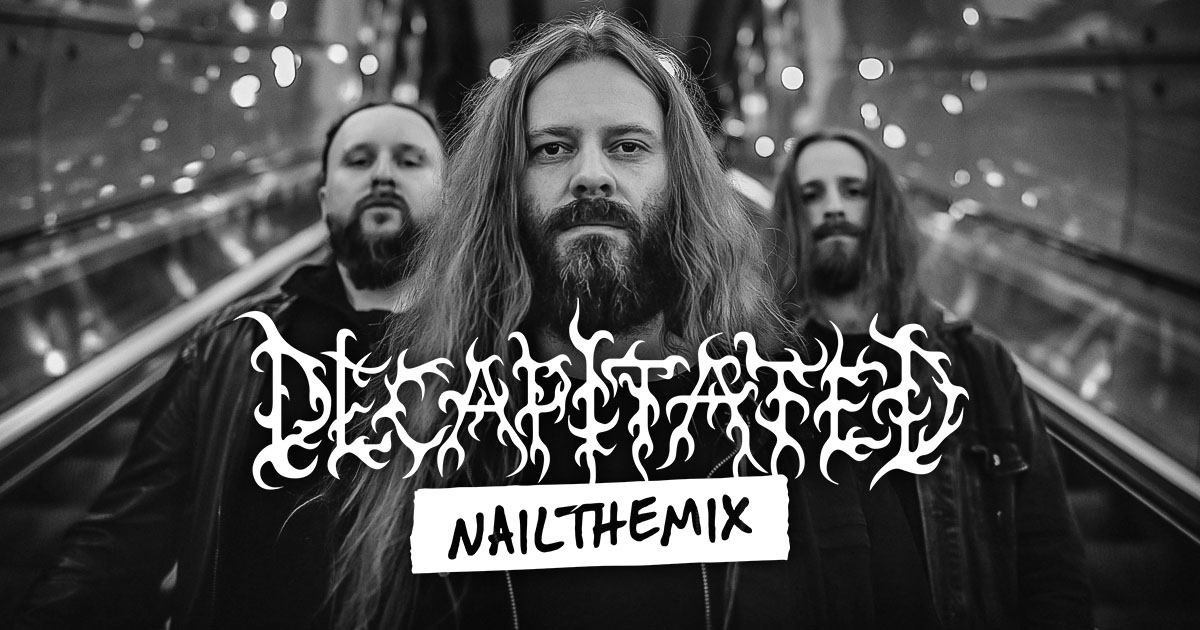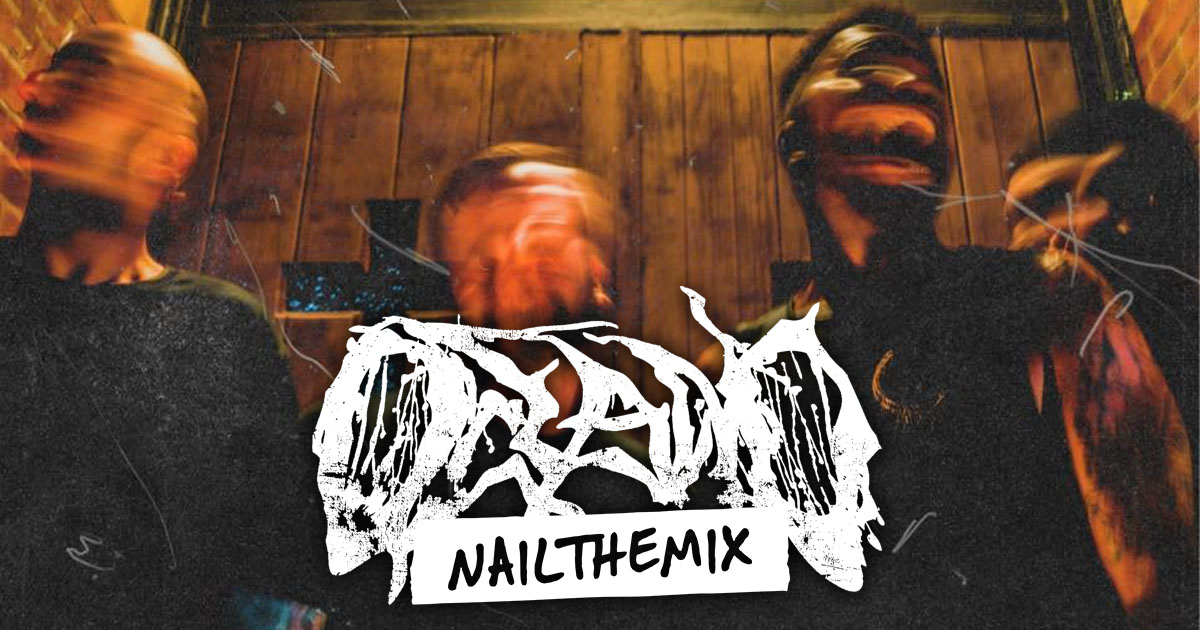
Mixing Obscura’s ‘When Stars Collide’: Taming Fretless Bass & a 23-Track Kit
Nail The Mix Staff
Technical death metal pioneers Obscura are known for pushing musical boundaries. Their track “When Stars Collide” is no exception—a blistering 260 BPM assault of intricate riffs, relentless drumming, and mind-bending musicianship. When you get your hands on the multi-tracks, expertly produced by the legendary Fredrik Nordström, you’re not just getting a set of files; you’re getting a masterclass in metal production challenges.
Let’s break down some of the gnarliest parts of this session and explore the techniques required to mix a track this dense and demanding. This isn’t just about turning faders up; it’s about solving complex sonic puzzles.
The Fretless Bass Conundrum in Extreme Metal
Right off the bat, the most unique element in this session is the bass. It’s not often you hear a fretless bass in a genre defined by surgical precision and aggressive attack. A fretless bass naturally delivers a warm, smooth, almost “mwah” sound, which is the polar opposite of the clanky, articulate tone most metal bassists strive for.
The Challenge: Warmth vs. Aggression
At 260 FPM with blast-beats and ridiculously fast riffing, how do you make a warm, rounded bass tone cut through? The lack of frets removes a significant amount of the string’s percussive “clack” and attack. The bass player is an absolute monster, flying all over the neck, so every note needs to be heard. Just boosting the volume won’t work; it would just create a muddy low-end wash.
The Solution: A Stereo Top-End Trick
The session provides a brilliant solution baked right in: a second, stereo bass track. This isn’t a full-range signal. Instead, it seems to be a copy of the main bass signal with a high-pass filter applied, capturing only the upper-mid and high-frequency content.
This is a classic rock producer’s trick. By panning this gritty top-end layer wide, you achieve a few things:
- Perceived Attack: It adds the missing articulation and pick-scrape sound, helping the bass notes punch through without making the core tone thin.
- Stereo Width: It gives the bass a subtle presence in the stereo field, allowing it to occupy its own space and not get buried by mono-centric kick drums and vocals.
- Creative Texture: It functions much like a chorus effect, similar to what you’d get from an old XBX 90 unit with the “symphonic” preset engaged. It’s a way to add character and help the bass feel wider and more present.
Getting this balance right is key. You want just enough of the stereo grit to define the notes, while the main DI track provides the fundamental power and warmth.
Taming a 23-Track Monster Drum Kit
When a band is as technically proficient as Obscura, the drum kit is often an extension of that virtuosity. We’re talking about a massive setup here, with six toms, two ride cymbals, and a host of splashes and stacks—23 tracks in total. A kit this large presents a huge micing and mixing challenge.
Capturing the Kit: Beyond a Simple Stereo Pair
With a kit this wide, a standard left-right overhead pair can leave holes in the stereo image. Cymbals on the far edges might sound distant or weak. The solution here was brilliant: a four-mic overhead setup.
Instead of one stereo pair, they used two:
- A Far Pair: Panned hard left and right to capture the full width of the kit.
- A Center Pair: Panned closer to the center (e.g., 40% left and right) to fill in the middle and provide a strong image for cymbals closer to the snare.
Blending these four mics gives you incredible control over the stereo image of the cymbals, ensuring every hit is crystal clear, no matter where it is on the kit.
The Importance of Spot Mics
Technical drummers are meticulous about their accents. That tiny splash hit or syncopated stack pattern isn’t just noise; it’s a deliberate part of the performance. This session thankfully includes dedicated spot mics for two rides, a splash, and a stack, all carefully cleaned up.
Your job as a mixer is to make the artist’s vision a reality. For a drummer like this, that means using automation to make sure those little accent cymbals pop out at the right moments. They’re as important to the drummer as a guitar lick is to the guitarist. The included room mics, which already have some nice compression, are also a huge asset for adding glue and explosive power.
Carving Space in a Crowded Mid-Range
This mix is a battle for the mid-range. You have four tracks of bone-crushing high-gain guitars, but you also have shimmering clean guitars and orchestral strings layered on top. This is a recipe for a muddy, undefined mess if not handled carefully.
The Guitar Wall
A key detail here is that the session contains no DIs. Fredrik Nordström and the band committed to the amp tones during recording. This is a producer’s power move. It forces you, the mixer, to work with the intended sound and focus on fitting it into the mix, rather than getting lost in endless re-amping.
The EQ Puzzle
With heavy guitars, clean guitars, strings, and vocals all fighting for the same sonic real estate, your most important tool is EQ. This is where you have to think like a sculptor, carving out a specific frequency pocket for each element.
- You’ll need to make strategic cuts in the rhythm guitars to make room for the clean GTRs to sparkle without getting washed out.
- The strings will need their own space, perhaps by tucking them into a frequency range the guitars aren’t dominating.
- This is the essence of modern metal mixing. It’s less about making individual tracks sound good in solo and more about making them all work together as one cohesive, powerful force. Mastering this is absolutely essential for a mix like this.
Putting it all together, mixing Obscura’s “When Stars Collide” is a fantastic challenge that will push your skills. You’ll have to get creative with the fretless bass, manage a colossal drum kit, and solve a complex mid-range puzzle.
Obscura on Nail The Mix
Fredrik Nordström mixes "When Stars Collide"
Get the Session
Learning these concepts is one thing. But to see exactly how a world-class producer like Fredrik Nordström actually does it—every plugin choice, every fader move, every automation pass—is a game-changer. At Nail The Mix, you can watch the pros mix songs like this from scratch with the actual multi-tracks in your own DAW. If you’re ready to move on and learn how to tackle real-world mixing challenges, there’s no better way to do it.
Get a new set of multi-tracks every month from a world-class artist, a livestream with the producer who mixed it, 100+ tutorials, our exclusive plugins and more
Get Started for $1





